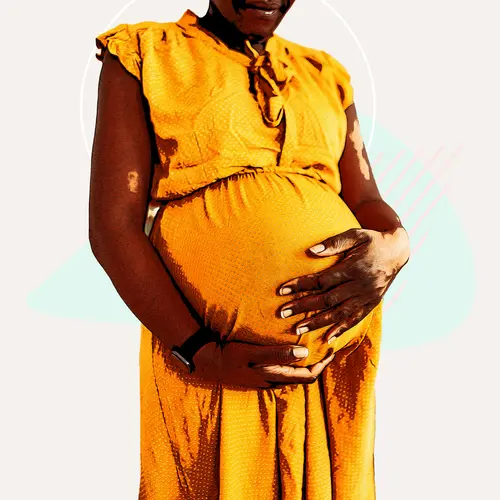A perineal tear is a vaginal injury that can happen during childbirth. There are four degrees of perineal tears. They're rated on how bad the tear is, with a fourth-degree tear being the worst. An episiotomy may be done to help control the tearing.
What Causes a Perineal Tear?
Perineal tears are very common during vaginal childbirth. They can involve the vagina, the labia, the cervix, and the area between the vagina and the rectum. Many tears will heal without treatment, but severe tears can cause prolonged pain, problems with sex, and embarrassment.
Your body prepares for the birth of your baby by thinning the skin around your vagina so that you can push your baby out. Your vagina is made to stretch out and let your baby's head pass through. Sometimes, the skin may not have time to thin enough to stretch. If this happens, the tissues around your vagina may tear.
You're more likely to have a perineal tear if you have a large baby, a fast delivery, or your doctor has to use forceps to help deliver your baby. Your doctor may do an episiotomy, which is a surgical cut to enlarge the opening of the vagina. This may be done to decrease the amount of blood you lose from a severe tear or if your baby needs to be delivered quickly.
4 Degrees of Perineal Tears: What Each One Means
As stated, there are four degrees of perineal tears, and they're graded based on how severe the tears are.
First-degree tear. This type of perineal tear only involves the skin and the tissue directly beneath the skin of the perineum, which is the area between the vagina and the rectum. If you have a first-degree tear, you may have some mild pain or stinging when you pee. These tears may not require stitches, although some do. They generally heal within a few weeks.
Second-degree tear. This type of perineal tear is the most common type that occurs during childbirth and is deeper than a first-degree tear. It involves the skin and muscle of the perineum and may extend deep into the vagina. A second-degree tear usually requires stitches and will generally heal within a few weeks.
Third-degree tear. This type of perineal tear extends to the muscle around your anus. You will also need stitches to have it repaired. A third-degree tear may take longer than a few weeks to heal. You may have complications such as leaking stool and painful intercourse.
Fourth-degree tear. This type of perineal tear is the most severe. It extends through the muscles around the anus and into the mucous membrane that lines the rectum. A fourth-degree tear will usually need a more specialized type of repair. Healing may take longer than a few weeks. As with a third-degree tear, you may have complications such as leaking stool and painful intercourse.
What Are Risk Factors for a Perineal Tear?
Several factors increase the chances that you'll have a perineal tear, including:
- Having your first baby
- Needing forceps or a vacuum to help with your delivery
- Having a big baby
- Being Asian
- Being an older mother
- Breech presentation, which is when your baby is face up instead of face down when you go into labor
- Having a midline episiotomy, which is a surgical cut in the middle of the vaginal opening toward your anus
What Are Possible Complications of a Perineal Tear?
Some possible complications associated with perineal tears include:
- Bleeding
- Delay in bonding with your baby because of the time it takes to repair the tear and the pain
- Infection
- Reopening the tear
- Pain
- Urinary incontinence, which is when you can't control your urine
- Bowel incontinence
- Painful sex
How Are Perineal Tears Treated?
The treatment for a perineal tear depends on how severe it is. A first-degree tear may not require stitches, but more severe perineal tears will. If you need stitches to repair your perineal tear, these stitches will dissolve on their own within six weeks.
Your anal sphincter is a group of muscles that surrounds your anus and controls the release of stool. If it's damaged by the perineal tear, your doctor may have to repair it. These stitches will also dissolve on their own.
The pain associated with a perineal tear should subside around two weeks after you give birth. You may experience pain with sex after a perineal tear. Talk to your doctor if you experience pain during sex or have any signs of an infection after your tear. Signs of an infection may include fever, a foul-smelling discharge, and pain that doesn't improve with pain medicine.

